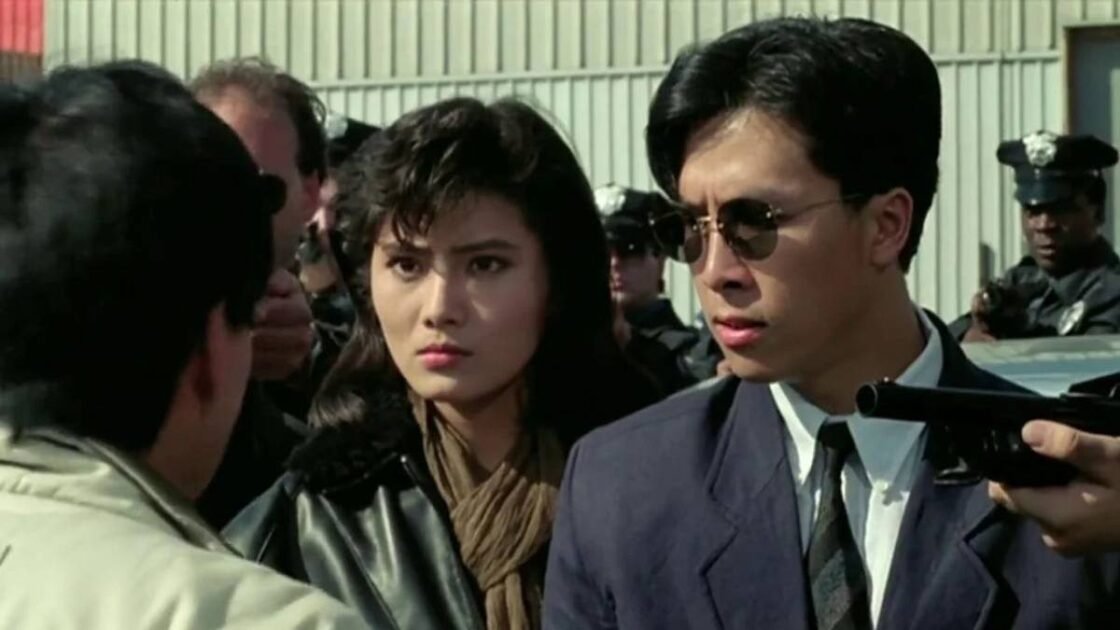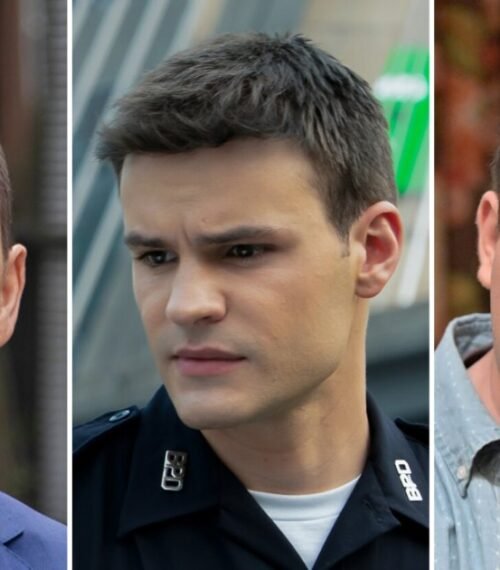Unfortunately, there are some great martial arts movies out there that are getting overlooked, simply because of their sequel status. However, many of these films are so good (and often have few narrative connections to their predecessor) that they should be watched on their own.
Admittedly, more often than not, this won't be the case. The vast majority of martial arts movie franchises never beat their first movies, which is something that can be said for Bloodsport, Ip Man, The Karate Kid, Ong-Bak, and The 36th Chamber of Shaolin. They may have produced some worthwhile follow-ups, but the movie that started it all is typically the one that fans will revisit the most.
But while this is par for the course with martial arts movies, there's certainly a few notable exceptions. Sometimes, it's the sequel that needs to be watched more so than the film that spawned it.
5 Missing In Action 2: The Beginning
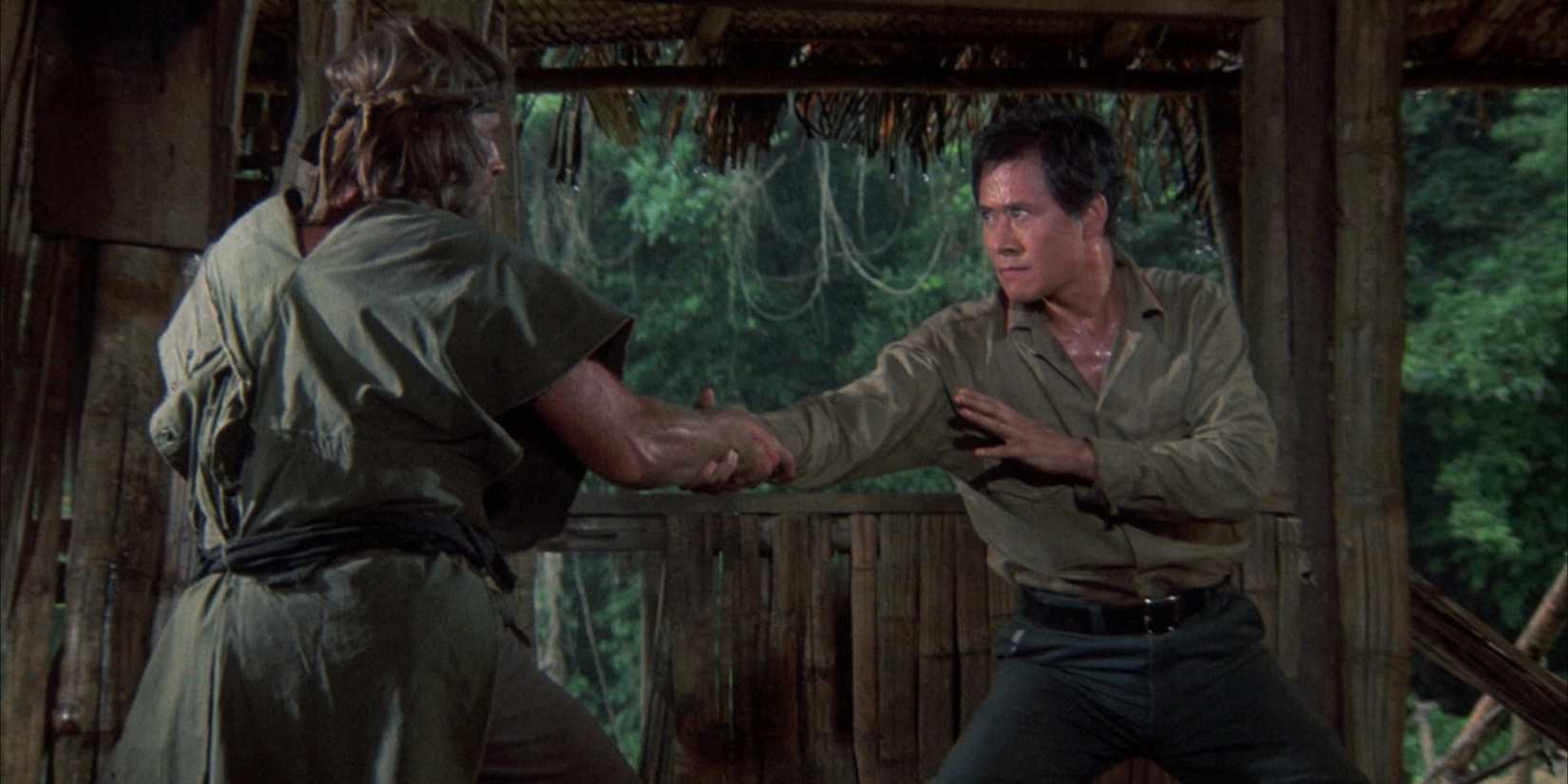
Between 1984 and 1988, Chuck Norris starred as Colonel Thomas Braddock in three Missing in Action movies. The Missing in Action trilogy was a series of action films centered on the exploits of a highly killed American soldier who fought in the Vietnam War, not entirely unlike Sylvester Stallone's Rambo franchise.
The first two installments were filmed back to back, with one exploring Braddock's experiences as a POW in Vietnam War and the other centering on his efforts to free POWs after his escape ten years later. But despite being in reverse chronological order, the studio opted to make Braddack's rescue operation the first installment.
4 Return Of The Sentimental Swordsman
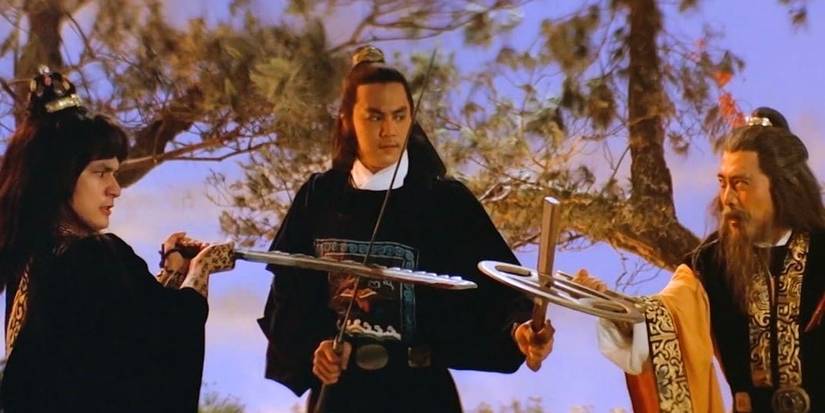
Alexander Fu Sheng and more in Return of the Sentimental Swordsman
The Sentimental Swordsman, an old-school kung fu movie from Shaw Brothers, is not a bad film by any means, but it's easily outdone by its direct sequel, Return of the Sentimental Swordsman. It has a more engaging storyline for its two protagonists and a great three-on-one final showdown that's both exciting and unpredictable.
It deals with a dynamic between two characters that was built in the first movie, but Return of the Sentimental Swordsman does a good enough job offering a recap that The Sentimental Swordsman hardly feels like required viewing.
The 1981 movie leans heavily on old-school kung fu movie and wuxia tropes to create a truly colorful, multi-faceted cast characters with their own identities and personalities that perfectly reflect the cartoonish tone and honor-obsessed world they inhabit.
One example of that is Alexander Fu Sheng's character explaining that every time he kills someone, he adds their name to his left arm, which he refuses to use in combat until he's killed 100 men.
The Sentimental Swordsman unites two talented swordfighters for a team-up against the villainous and elusive Plum Blossom Bandit. The sequel begins with the two on separate paths before ultimately reteaming them (and adding a third martial artist to the mix).
3 Swordsman II
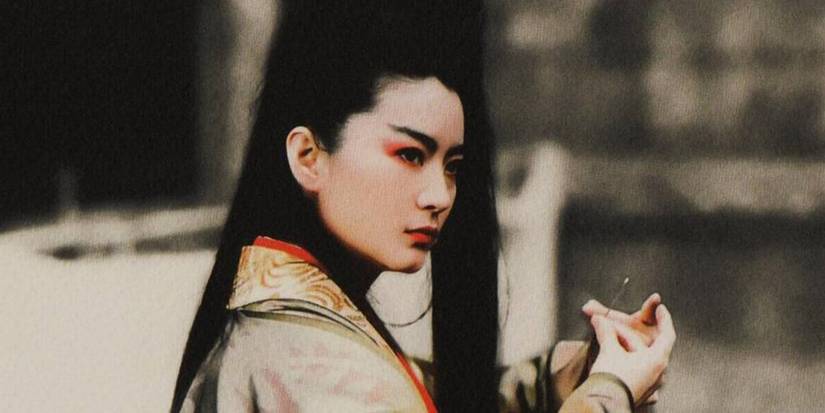
Swordsman II was the second entry in a trilogy of 1990s wuxia movies adapted from Louis Cha's The Smiling, Proud Wanderer novel. The first film cast Sam Hui as Linghui Chong, the sword-wielding hero from the book, who got caught up in a fight over a highly-sought after martial arts manual.
The Swordsman was a standard – but enjoyable – wuxia story. The sequel was considerably more ambitious, recasting Sam Hui with martial arts superstar Jet Li and giving Brigitte Lin one of the biggest roles of her career. Its overall quality is underscored by the multitude of Hong Kong awards and nominations it was able to rack up.
One of the best movies that Jet Li made in the 1990s, Swordsman II is easily the high point of the trilogy, and features a narrative that could easily work as a standalone story. After all, it abandons Linghui Chong's original supporting cast, so no knowledge of his prior adventures seems necessary.

In The Line Of Duty IV: Witness (1989) Donnie Yen as Captain Donnie Yan
Featuring Donnie Yen in a rare villain role, In the Line of Duty IV is one of seven movies in the Yes, Madam/In the Line of Duty series that began as a Michelle Yeoh-led duology. From the third film onward, the series was headlined by Cynthia Khan, an actress who developed a reputation for amazingly high kicks in 1990s martial arts movies.
Plot-wise, the films are very loosely linked, with the biggest connective tissue being a shared central premise – a female detective with martial arts skills fighting organized crime in Hong Kong. For that reason, it's easy to go into In the Line of Duty IV without seeing the first three movies and just enjoy an action-packed ride.
In the Line of Duty IV offers some great action sequences for Khan and Yen, as well as a compelling storyling for its male lead, a seemingly ordinary fisherman who finds himself framed and forced to align with Khan's character.
1 Tiger Cage 2

Tiger Cage 2
Like In the Line of Duty IV, Tiger Cage 2 is a lesser-known martial arts sequel that includes Donnie Yen in a significant part. The first film was an entertaining, albeit forgettable, martial arts cop movie about four detectives, with Yen's character failing to survive the story.
Tiger Cage 2 could have benefited greatly from a fresh title that seperated itself completely from its predecessor. Doing so wouldn't have been difficult, given that Tiger Cage 2 only shares two major cast members from the same movie and none of the same characters.
They aren't missed, though, as Tiger Cage 2 puts together a much memorable group of characters, with Donnie Yen and Rosamund Kwan enjoying great chemistry as the male and female protagonists who are forced to work together, allowing for a humorous, will-they-won't-they dynamic that plays out throughout the movie alongside the action.
But what really makes Tiger Cage 2 stand out is the final act; rather than stop at one great fight scene to end the movie, Donnie Yen gets four, as he advances past each enemy in video game-like fashion, with each one posing a unique and intense challenge.











































































































